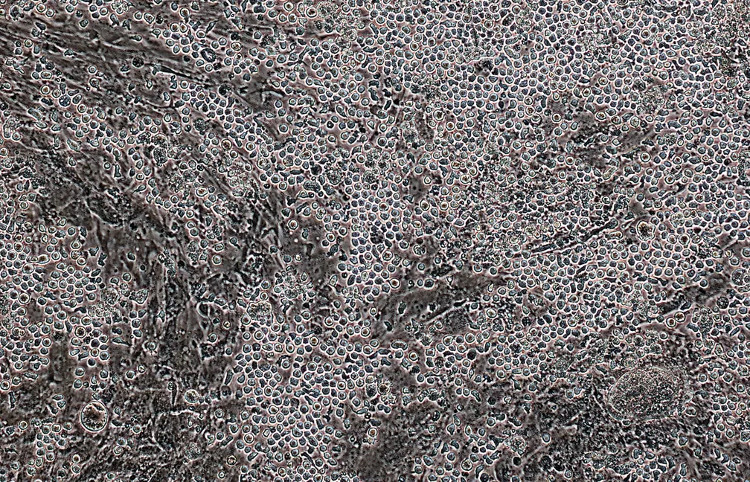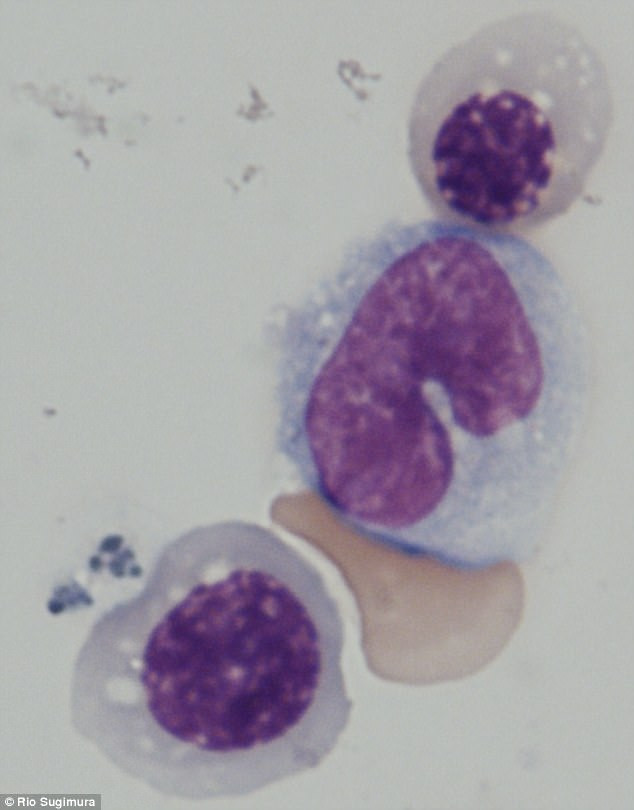Successfully developing blood from human skin, opening a new era for medicine
There will be no need for humanitarian blood donation anymore, because people are about to have an endless source of blood from the patients themselves.
Perhaps, the spectacle of people queuing for humanitarian blood in the future will no longer exist, rather no longer needed. Because recently, experts have published a technique that allows blood cells to form right from human skin , and human skin to recover very quickly.

This is also the first time experts apply stem cell technology to create blood.
This is also the first time experts have used stem cell technology (cells can grow into any organ in the body) to create blood. In mouse experiments, they can produce four different types of blood cells. According to Dr. George Daley from Boston Children's Hospital: " We are very close to creating human blood."
In fact, since the successful removal of human embryonic stem cells (ES) in 1998, experts have wanted to turn it into blood-forming stem cells (HSCs) but failed. In 2007, they created the first human pluripotent stem cells (iPs), which allowed reprogramming of the gene structure. And now, by combining ES and iPs, science has for the first time created blood from human skin itself.

Stem cell technology allows people to create blood from their own skin.
According to Dr. Ryohichi Sugimura - the co-author of the study, this result means that patients who cannot make blood themselves (with leukemia or cancer patients who are undergoing chemotherapy) will have a matching blood source. to perfect.
"Research gives us the opportunity to take the cells of patients with genetic diseases about blood, then change the genome and make real blood cells," Sugimura said.

Blood on the skin can be an endless source of blood .
"At the same time, this could be an endless source of blood, instead of spending a lot of money to collect blood from the community."
The study is published in Nature.
- Making blood from human skin
- Human skin was born
- Using artificial blood on human body
- 10 interesting things about human skin
- 'Planting' ... human skin in the laboratory
- Manufacturing 'electronic leather'
- Skin patch for measuring blood pressure
- New research: Not blood, this is why mosquitoes choose people to burn
- Successfully studied electronic skin to help disguise as gecko
- Egypt successfully tested gold cancer treatment
- Smartphones have skin like human skin, shudder
- Elastic cord like human skin
 Green tea cleans teeth better than mouthwash?
Green tea cleans teeth better than mouthwash? Death kiss: This is why you should not let anyone kiss your baby's lips
Death kiss: This is why you should not let anyone kiss your baby's lips What is salmonellosis?
What is salmonellosis? Caution should be exercised when using aloe vera through eating and drinking
Caution should be exercised when using aloe vera through eating and drinking